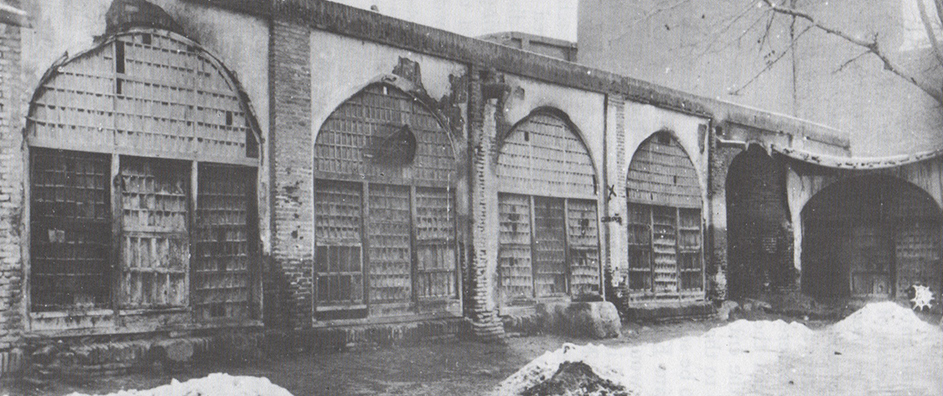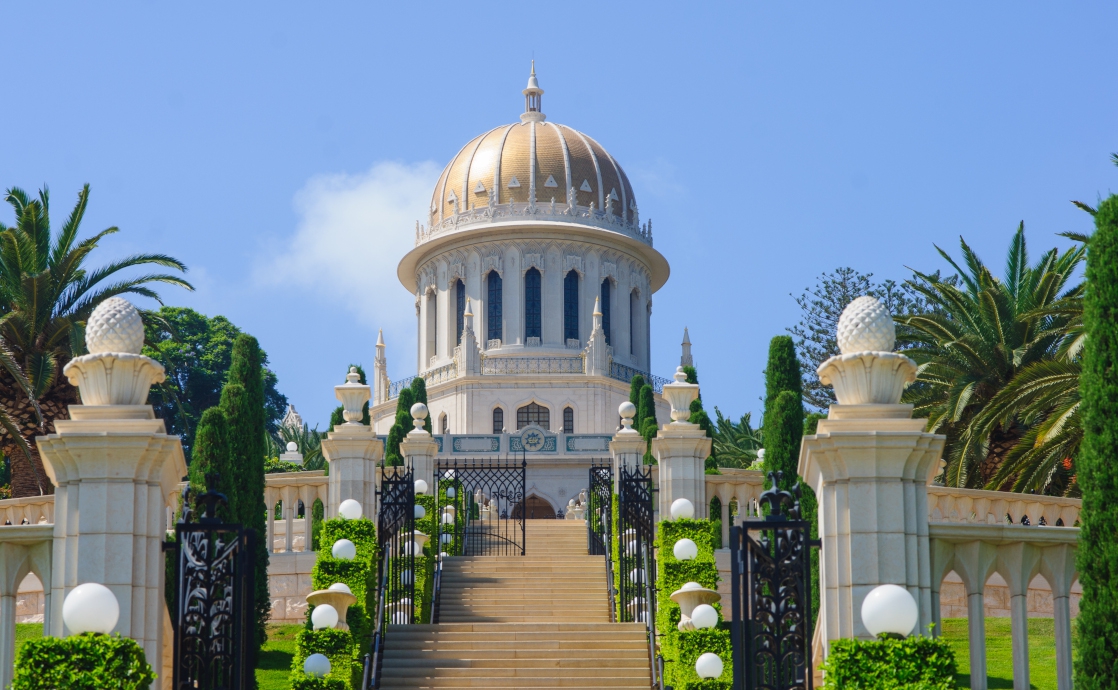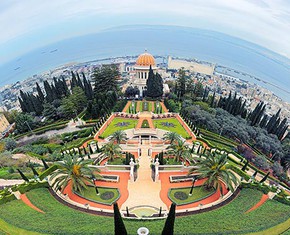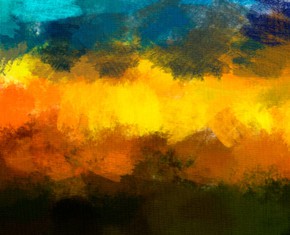The views expressed in our content reflect individual perspectives and do not represent the authoritative views of the Baha'i Faith.
Streaking across the heavens in 1843, a great comet alarmed many and served to validate the belief of others that the Second Coming of Christ was imminent. In that same year, poet James Russell Lowell wrote in “The Crisis”
Once to every man and nation comes the moment to decide.
Some great Cause, God’s new Messiah…
The early to mid-nineteenth century witnessed a world gripped by millennial zeal, as Biblical scholars across the globe deduced from their studies and mathematical calculations, based on scripture, that Christ would return sometime during the mid-1840’s. Some chose 1844 as the precise year. Reactions to these millennialists varied; some were excommunicated from their churches, some committed to mental institutions, some ridiculed, some respected and listened to (Harriet Livermore preached Christ’s return on the floor of the U.S. House of Representatives), while another had great followings from which sprang the Seventh Day Adventists–a religious denomination that calls 1844 “The Year of Disappointment.”

One group from Germany, the Templars, moved to Palestine and established a community at the foot of Mount Carmel in Haifa to await the Return. They inscribed above their doors, “Der Herr ist Nahe” (The Lord is Near).
In the year 1844, an official of the U. S. Patent Office wrote in a report that he believed everything that could possibly be worthwhile had already been invented, and said the Patent Office might just as well close its doors. Yet from that time on, there has been a constant and ever-increasing amount of new inventions and discoveries. That very year, on the 24th of May, Samuel F. B. Morse sent out the first telegraphic communication, tapping out this Bible text,
What hath God Wrought? – Numbers 23:23.
The press hailed Morse’s invention as a modern miracle and scholars of Scripture asked,
Is this not still another proof that the hour has come for Christ’s appearance? Is it not written in the Book of Job that only God can send “lightnings that they may go and say unto thee here we are!” – quoted in William Sears, Release the Sun, p. 192.
On the preceding evening, in a modest home in Shiraz, Persia, Siyyid Ali-Muhammad, a direct descendent of the Prophet Muhammad through both his mother and his father, laid claim to a direct Revelation from God, announcing:
I am, I am the Promised One! I am the One Whose name you have for a thousand years invoked, at Whose mention you have risen, Whose advent you have longed to witness, and the hour of Whose Revelation you have prayed God to hasten. – quoted by Shoghi Effendi, God Passes By, p. 21.
Although the Bab brought his own religion and his own holy book, he proclaimed his entire purpose was to prepare the way for the coming of an even greater revelation:
The purpose underlying this Revelation, as well as those that preceded it, has, in like manner, been to announce the advent of the Faith of Him Whom God will make manifest. – The Bab, Selections from the Writings of the Bab, p. 105.
That is just one of many references the Bab made to Baha’u’llah, the prophet-founder of the Baha’i Faith.
Hundreds of thousands of people became Babis, but the Bab’s followers were cruelly persecuted. Fanatical leaders within the Persian Shi’a Islamic community feared losing their power over the people, and jealous government officials felt their political careers would be in jeopardy should this new Faith continue to spread unchecked. Over 20,000 lives, including that of the gentle Bab himself, were sacrificed in unspeakably cruel and vicious attacks.
Following the public execution of the Bab by firing squad, the authorities had his body tossed at the edge of a moat, intent on it being devoured by animals. Sentinels were stationed to guard it from being retrieved by the Bab’s followers. But they kept a constant watch, waiting for the sentinels to be distracted or drift off to sleep. Their patience was rewarded, and they succeeded in rescuing the remains which were kept hidden for many years, having to be moved from place to place to avoid discovery. Finally they were interred on Mount Carmel in the Holy Land—in the exact spot designated by Baha’u’llah—directly above the street of the homes of the Templars. A befitting monument has now been erected over this final resting place.

The martyrdom of the Bab and his followers, rather than wiping out the new religion, only served to kindle the flame in the hearts of the believers and whet the curiosity of others, many of whom investigated the new Faith and joined it.
And, as foretold by the Bab, his revelation was quickly followed by the Baha’i Faith. Baha’u’llah’s teachings revolve around unity and oneness:
- The unity of God. There is only one God, by whatever name people choose.
- The essential unity of all religions. All the major religions have been direct revelations from the one God and are like the chapters of a single book, each one following logically and developing further the great author’s message.
- The oneness of humanity. There is only one race, the human race, and our outward differences are to be appreciated for their variety and beauty, like the beautiful blending of various flowers in a magnificent garden.
Followers of Baha’u’llah are called Baha’is, and though they profess the Baha’i Faith, the lives and revelations of the Bab and Baha’u’llah are so closely intertwined as to be practically inseparable. Therefore, the year 1844, the date of the Declaration of the Bab, is considered the first year in the Baha’i calendar.
Today Baha’is all around the world observe this solemn anniversary called the Martyrdom of the Bab.
















Comments
Sign in or create an account
Continue with Googleor